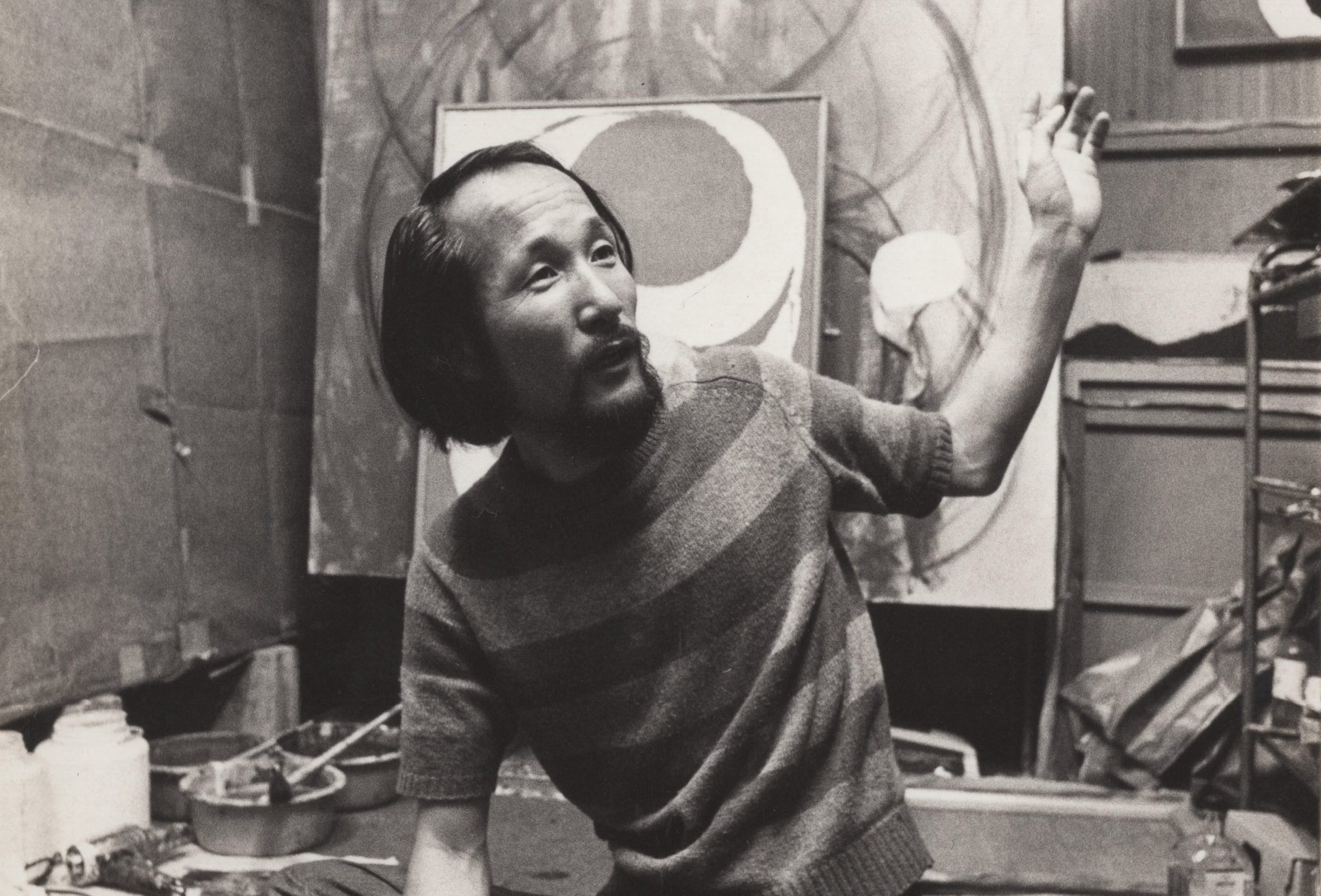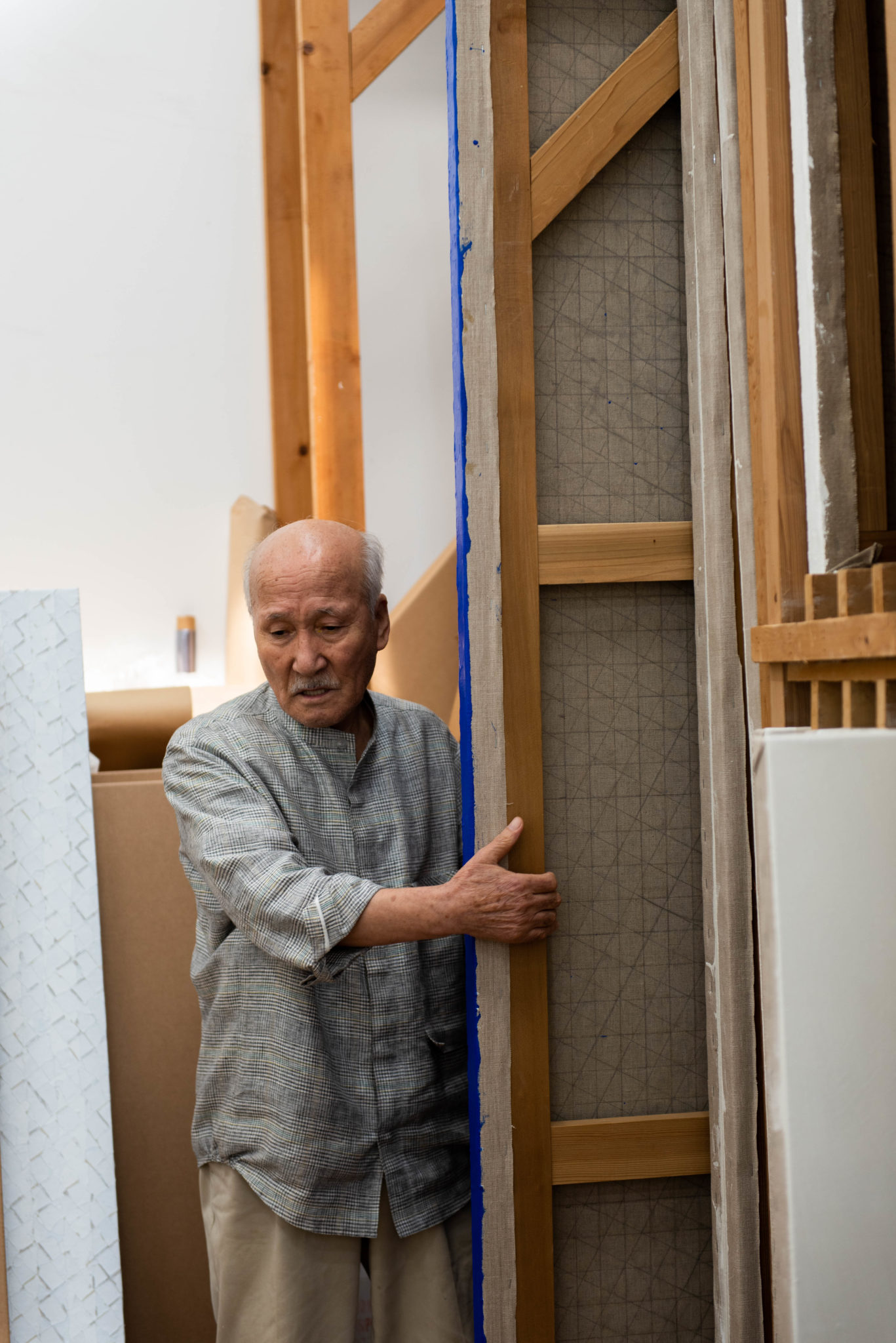About Chung Sang-Hwa
Born in 1932 in Yeongdeok, Korea
Chung Sang-Hwa is a central figure of Dansaekhwa (also known as Tansaekhwa), a central artistic development in postwar Korea that offered a fundamentally different approach to modernist abstraction. Though the term translates literally to “monochrome painting,” Dansaekhwa is rather characterized by its labor-intensive processes, repetitive gestures, and reductionist aesthetics. Rooted in the Korean informel style of the late 1950s to mid-’60s, Dansaekhwa emerged in Korean institutions and galleries in the 1970s and has been attributed to the work of a loose constellation of artists that also includes Park Seo-Bo, Lee Ufan, and Yun Hyong-Keun. Over his nearly six-decades-long career, Chung has developed a singular, meditative process of repetitively applying and removing paint from his canvases, resulting in multilayered, tactile monochromatic surfaces.
Born in 1932 in Yeongdeok, Korea, during Japanese colonial rule, Chung witnessed decades of tumultuous political and social transformations in his native Korea. He studied oil painting at Seoul National University, making canvases featuring dark palettes as a response to the fear and instability wrought by the Korean War (1950–53). As a student, short on materials, he would buy charcoal powder and mix it with oil to make paint; soon he sourced kaolin (powdered stone produced in the Gaoling region of China), which remains the core material of his practice. He graduated in 1956, three years after a truce brought an uneasy end to combat. In this moment of postwar reconstruction, art education and discourses in South Korea were reckoning with the legacy of Japanese imperial bureaucracy, which distinguished media according to materials and separated traditional ink painting from “Western” oil painting. These divisions were complicated by Dansaekhwa artists, who embraced abstraction and its internationalism as the Korean art scene developed in the 1960s. Employed as an art educator at a teacher’s college after graduation, Chung painted in his studio late into the night, studying reproductions of European and American art in books and periodicals. He worked in the Korean informel style, creating colorful, palimpsestic compositions with gestural marks that engage the negative space of exposed canvas, anticipating the work that would come to define his career.
Chung mounted his first solo exhibition in 1962, at the Central Report Institute in Seoul, and the following year, Galerie Lambert in Paris held his first presentation outside of South Korea, Les jeunes peintres coréens, alongside Park Seo-bo and two other Korean artists. In 1967, Chung moved to Paris, where he refined his unorthodox techniques in an environment more amenable to artistic experimentation. He took French language lessons at the L’Alliance française Paris and diligently visited museums and galleries. In 1968, his first solo exhibition in Paris was presented at Galerie Jean Camion, and in 1969, he relocated to Kobe, Japan, where he became acquainted with the work of artists such as Jiro Yoshihara, Kazuo Shiraga, and others associated with the avant-garde Gutai group. There, he “opened his eyes to the canvas,” as he has described, developing his ritual of painting, folding, cracking, striping, and repainting as a mode of self-exploration.
By the mid-’70s, Dansaekhwa had become a dominant force in Korea and found international traction with significant exhibitions in France and Japan, where Chung mounted numerous solo presentations throughout the decade, including those at Shinanobashi Gallery in Osaka (1969, 1973); Motomachi Gallery in Kobe (1971, 1977); Mudo Gallery (1972) and Muramatsu Gallery (1973) in Tokyo; and Coco Gallery in Kyoto (1977). In the late ’70s, he arrived at his signature monochromatic gridded paintings. To create them, first, he applies ten or more thick layers of paint, glue, and kaolin clay to a stretched canvas; once dry, he unmounts the canvas and draws linear grids on its verso. He alternately rolls, compresses, folds, or scores the canvas to crack its façade before tearing off passages of dried paint with a knife. He then fills in the negative areas with acrylic paint. This process is repeated in various iterations, such that the surface cracks unpredictably as it dries at multiple rates. As art historian Joan Kee has described, Chung has approached painting “not just as an object, but as a question of time…Not only is there repetition, but there are long periods of waiting—waiting for paint to dry, to peel, to chip away, and so forth. His work may be described in some way as an aesthetic of accumulation. There is density of material, but also density of duration.” In 1976, Chung returned to Paris, where he lived and worked for fifteen years before settling into a studio in the mountains of Yeoju, South Korea, where he continues to work today, surrounded by nature.
Chung’s work has been exhibited extensively in Korea and internationally since the 1960s. In 2011, his solo exhibition Chung Sang-Hwa: Painting Archeology was mounted at the Musée d’Art Moderne de Saint-Étienne Métropole in France. He has participated in the Paris Biennale (1965), São Paulo Bienal (1967, 1973), Gwangju Biennale (2000), and the Mediations Biennale, Poznań, Poland (2008). His work has been included in notable group exhibitions such as Korean Drawing Now at the Brooklyn Museum (1981); Contemporary Korea Painting, which opened at the National Museum of Modern Art, Gwacheon, South Korea, and traveled to Ljubljana and Sarajevo (1991); Poetry in Motion, presented at Galerie Beyeler, Basel, and Gallery Hyundai, Seoul (2007); From All Sides: Tansaekhwa on Abstraction at Blum & Poe, Los Angeles (2014); and Dansaekhwa at the Palazzo Contarini-Polignac, Venice (2015).
Chung’s work is held in the permanent collections of the Art Institute of Chicago; Busan Museum of Art; Fukuoka Asian Art Museum; Guggenheim Abu Dhabi; Hirshhorn Museum and Sculpture Garden, Smithsonian Institution, Washington, DC; Leeum, Samsung Museum of Art, Seoul; M+, Hong Kong; Musée d’Art Moderne et Contemporain, Saint-Étienne Métropole, France; National Museum of Modern and Contemporary Art, Korea, Gwacheon; National Museum of Modern Art, Tokyo; Seoul Museum of Art; Shizuoka Prefectural Museum of Art, Japan; and the Tokyo Museum of Contemporary Art, among others.
In 2016, Dominique Lévy and Greene Naftali galleries jointly presented Chung’s first solo exhibition in the United States in New York, surveying his work from 1969 to 2014. This presentation was accompanied by a fully illustrated catalogue featuring contributions by poet Yuko Otomo and art historian Tim Griffin. In conjunction with the exhibition and publication, Dominique Lévy hosted a discussion with the artist, Griffin, and the critic Robert C. Morgan. In 2017, Lévy Gorvy London presented a selection of new works in the exhibition Chung Sang-Hwa: Seven Paintings.
-
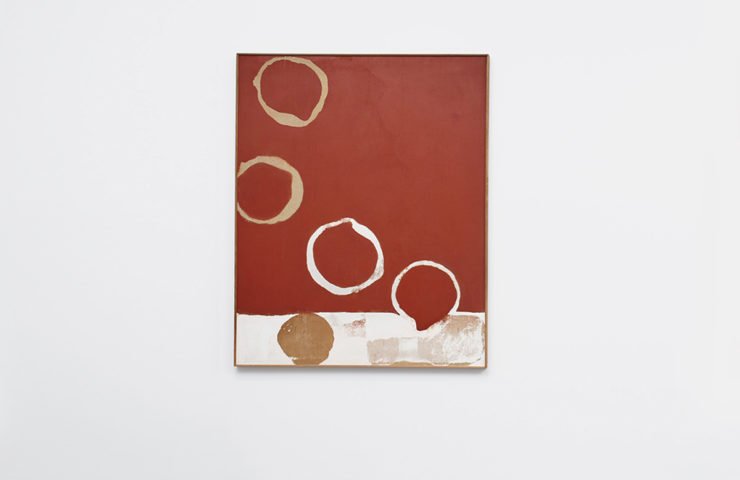
Work 70-9-15
1970
-
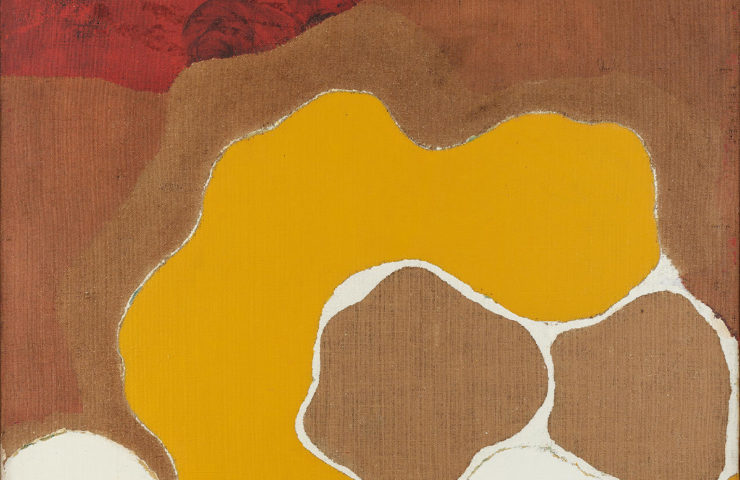
Work O-A
1971
-
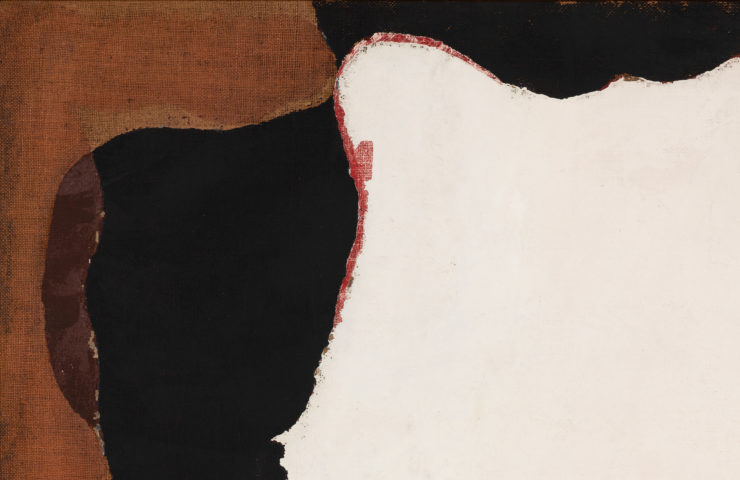
Work 69-A
1969
-
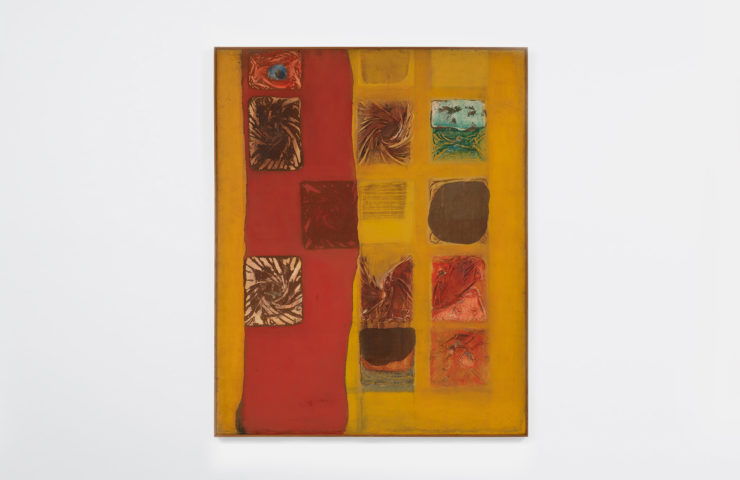
Work 65-2
1965
-
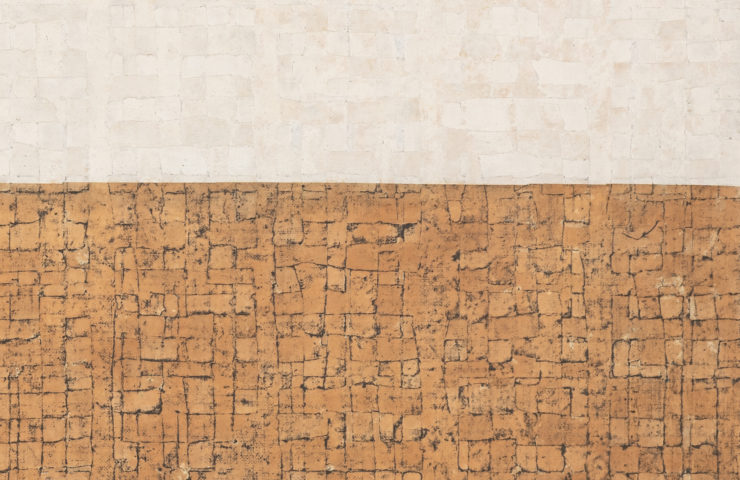
Untitled 78-11-29
1978
-
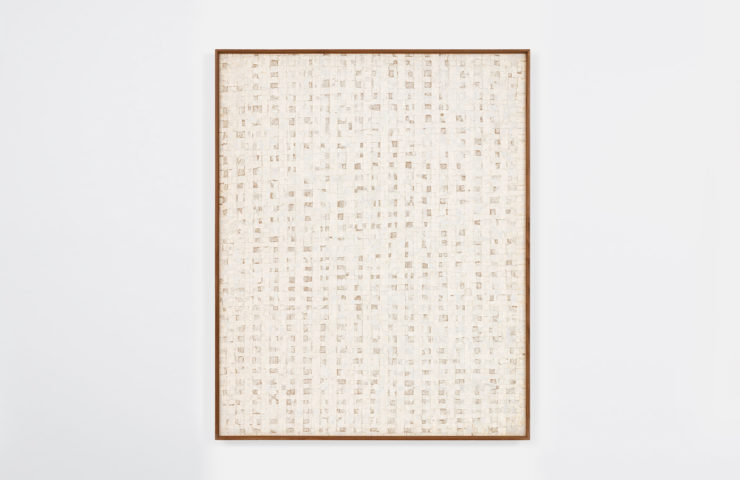
Untitled 77-8
1977
-
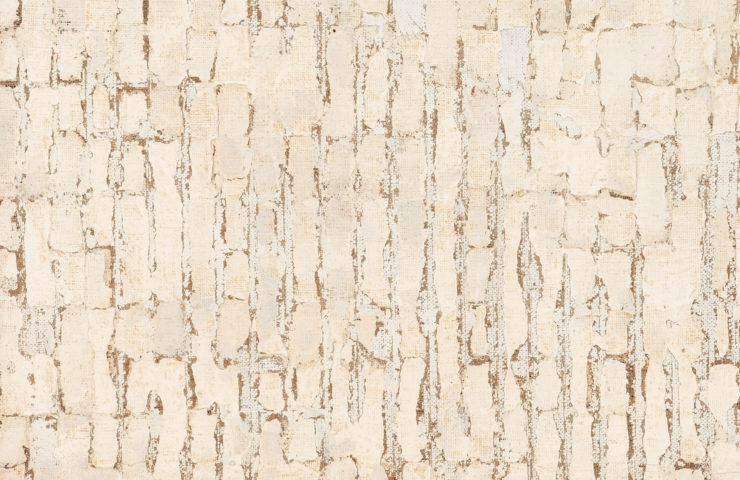
Untitled 75-10-8
1975
-
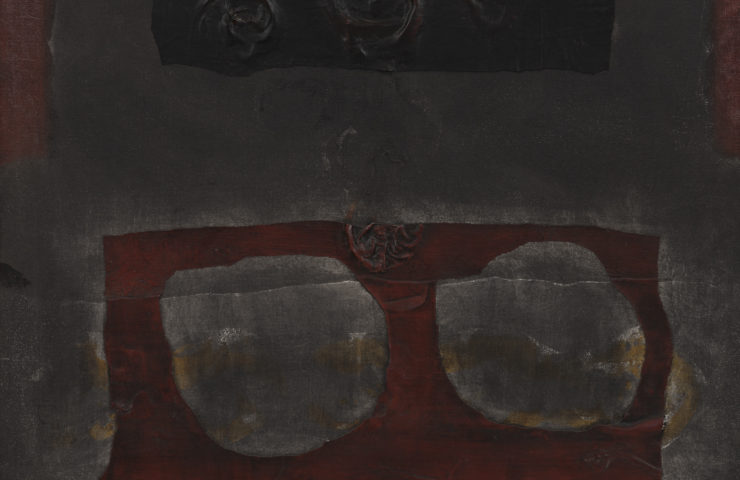
Work 64-13
1964
-
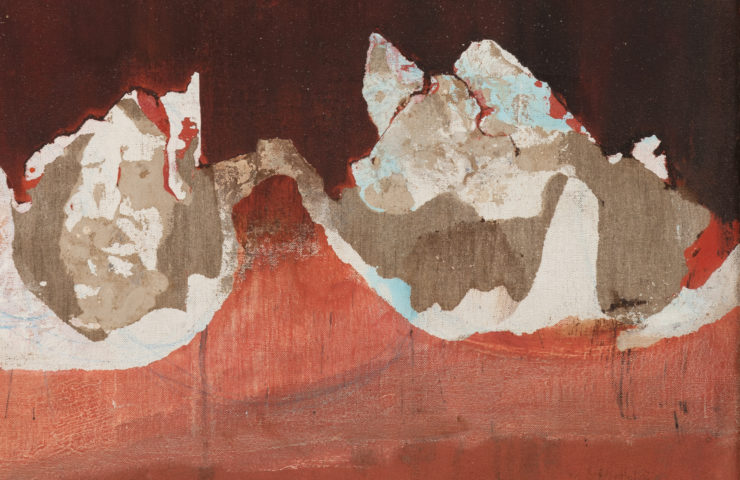
Work 68-32
1968
-
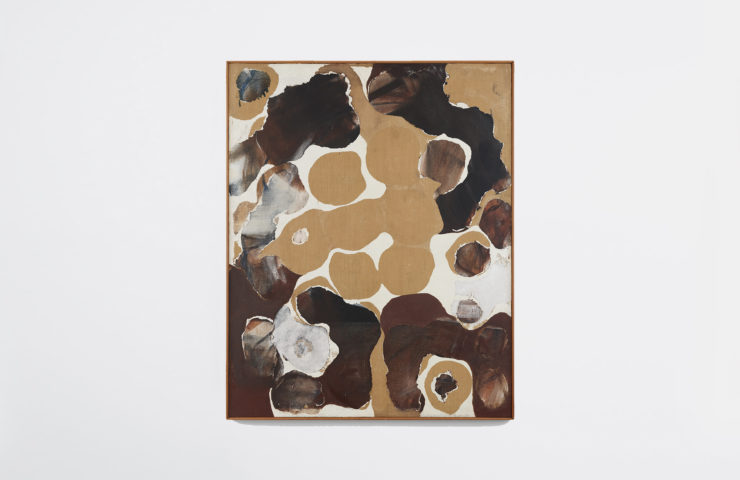
Work K-3
1970
-
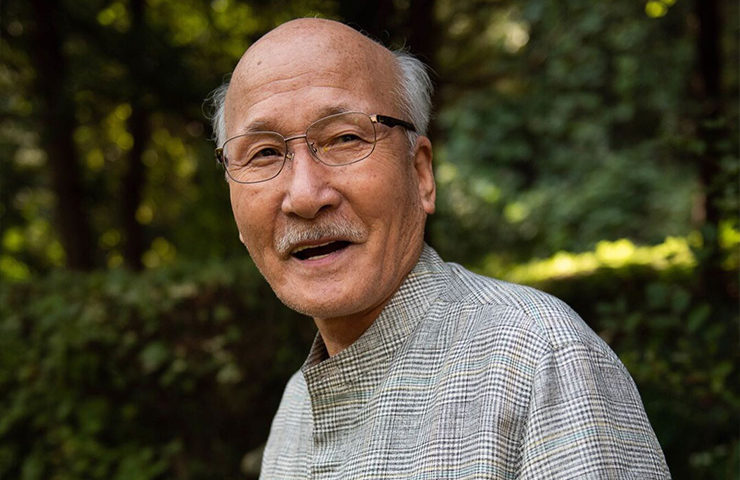
About Chung Sang-Hwa
Born in 1932 in Yeongdeok, Korea
-
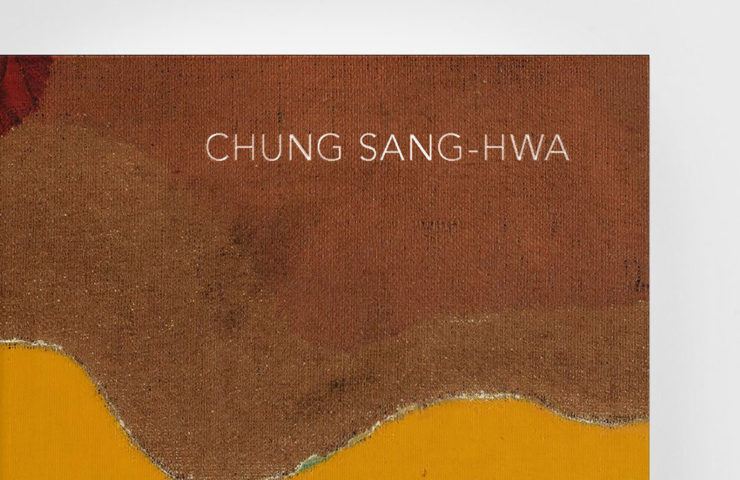
Pre-Order the Catalogue


